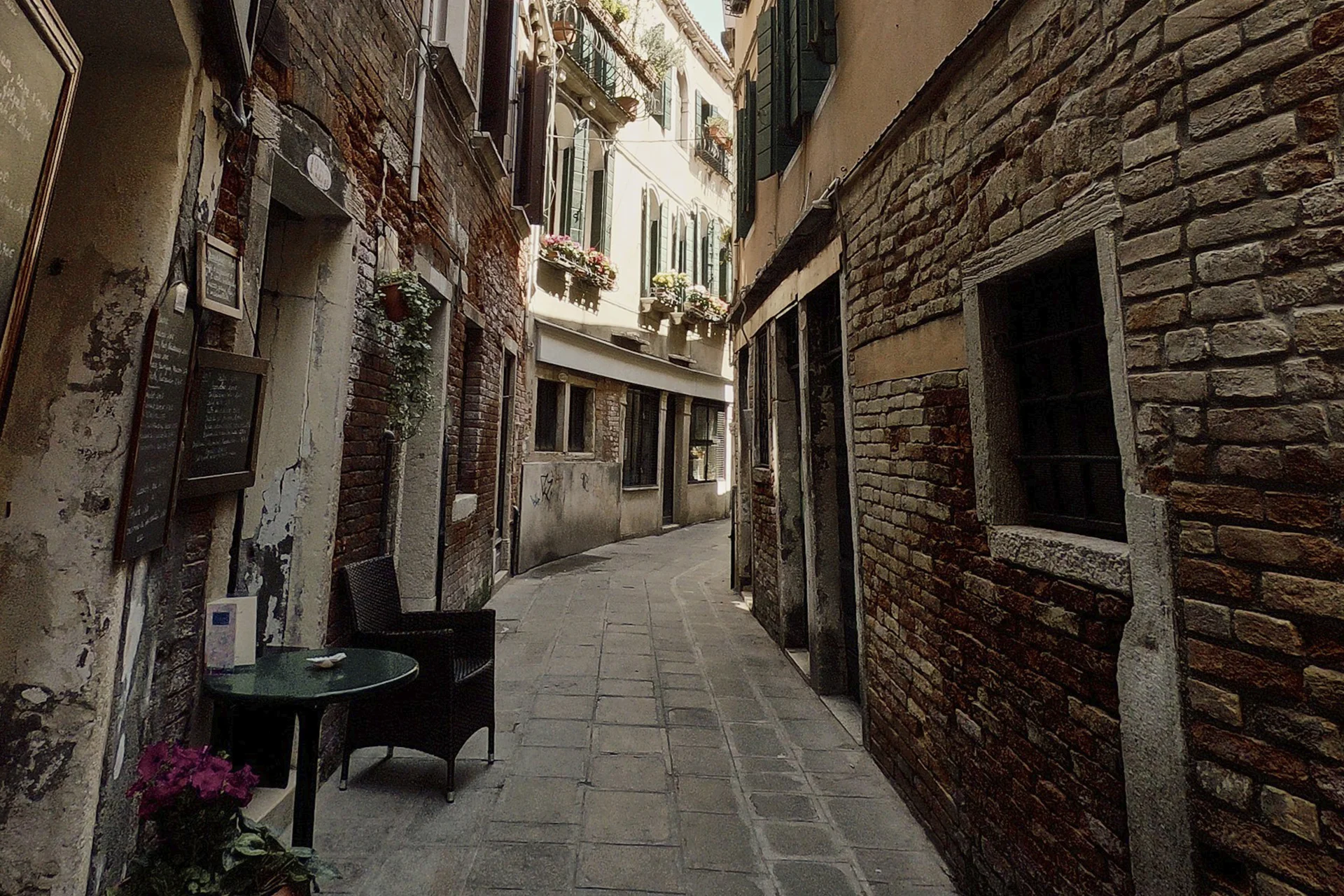
LATITUDE
LONGITUDE
APPELATIONS
Welcome to Tarquinia DOC, where ancient Etruscan heritage collides with modern winemaking ambition. Think of this region as the wine world's equivalent of a startup launching from a Roman ruin. It's got legacy in its bones but innovation in its veins. We're diving deep into a DOC that stretches from volcanic hills to the Tyrrhenian coast, where tradition isn't just preserved, it's regulated with Italian bureaucratic precision. This guide unpacks everything from terroir to tastings, giving you the complete picture of why Tarquinia deserves your attention.
This in-depth guide covers the geography, history, terroir, grape varieties, wine styles, food pairings, wine tourism opportunities, and sustainability practices of the Tarquinia DOC. It provides comprehensive information to help both wine enthusiasts and industry professionals discover the unique qualities and traditions of this ancient yet dynamic Italian appellation.
Tarquinia DOC stretches across northwestern Lazio, covering 30 municipalities in the provinces of Rome and Viterbo. From Montalto di Castro on the northern coast to Fiumicino in the south, and inland to the Monti della Tolfa and Monti Cimini hills, it spans more ground than most DOCs.
Established in 1996, it’s one of Lazio’s younger appellations — but the land has a long history of winemaking, dating back to the Etruscans. The modern city of Tarquinia sits atop Civita hill, overlooking terraced vineyards. Here, archaeology and agriculture coexist, with Etruscan tombs and contemporary wineries sharing the same soil.
Tarquinia DOC may be modest in scale, but its geographic and climatic range gives it remarkable diversity — from coastal vineyards near the Tyrrhenian to elevated inland sites reaching 400 meters.
Tarquinia's wine-making history dates back roughly 3,000 years to the Etruscans, who weren't just painting elaborate tomb frescoes; they were pioneering viticultural techniques that would influence Roman winemaking. In fact, wine was a key component of Etruscan culture. Ancient Tarquinia (then called Tarchna) was a powerhouse city from the 8th century BCE, and its port at Gravisca exported wines described as "excellent" by ancient writers.
During Roman times, Tarquinian wines were highly regarded, though by the imperial era, critics like Martial offered mixed reviews. Fast forward through medieval Corneto, papal politics, and centuries of agricultural evolution, and you arrive at August 1996, when Tarquinia officially received DOC status. The designation aimed to formalize and protect traditional winemaking in an area where innovation had largely been abandoned — or more accurately, it is strictly prohibited by regulation.

Vineyard Hectares
WINERIES
GROWING DEGREE DAYS
Tarquinia sits where coastal influence meets inland hills, creating diverse microclimates. The Tyrrhenian Sea moderates temperatures, while the Monti della Tolfa and other elevations bring cooler nights and diurnal swings that preserve acidity.
The region offers ideal Mediterranean conditions: hot, dry summers with low disease risk, mild winters for vine rest, and autumns that allow extended hang time. Occasional Sirocco winds from the Sahara are rare curiosities rather than threats.
The region offers ideal Mediterranean conditions: hot, dry summers with low disease risk, mild winters for vine rest, and autumns that allow extended hang time. Occasional Sirocco winds from the Sahara are rare curiosities rather than threats.
Tarquinia DOC celebrates its local grape heritage, from reds like Sangiovese, Montepulciano, Cesanese, and Abbuoto to whites including Trebbiano Toscano, Trebbiano Giallo, Malvasia di Candia, and Malvasia del Lazio, each variety shaping the region’s unique wines and centuries-old winemaking traditions.
Tarquinia DOC offers six traditional wine styles: Rosso, Rosato, Bianco, Novello, Bianco Frizzante, and Bianco Amabile, each crafted to reflect the region’s heritage and maintain distinctive character from reds to whites, still and semi-sparkling, dry to off-dry.
Tarquinia wines pair naturally with Tuscia cuisine, from hearty meats to fresh seafood, reflecting the region’s rustic, ingredient-driven traditions:
Tarquinia offers wine tourism with an archaeological bonus. Located approximately 90 kilometres northwest of Rome, the town serves as an accessible base for exploring both Etruscan heritage sites and contemporary wineries. The UNESCO-listed Monterozzi necropolis, with its painted tomb chambers dating from 600–200 BCE, provides cultural gravitas few wine regions match.
Wine tourists can combine visits to the Etruscan necropoleis with tastings at local wineries, many of which offer tours emphasizing the connection between ancient winemaking traditions and modern organic practices. The region's proximity to both Rome and the port of Civitavecchia makes it ideal for day trips or extended stays exploring the Maremma coastline.
Tarquinia DOC showcases three standout wineries: Vitivinicola Biologica ETRUSCAIA, Azienda Muscari Tomajoli, and Tenuta Sant'Isidoro. Each of them blends tradition, terroir, and innovation.
Lazio leads Italy in organic farming, with 23% of farmland certified, well above the EU 2030 target. In Tarquinia, many producers embrace organic and biodynamic practices, driven by environmental awareness and consumer demand rather than marketing.
Wineries like ETRUSCAIA have farmed organically from the start, with minimal intervention in the vineyard and cellar. Volcanic soils provide excellent drainage, reducing irrigation needs, while the Mediterranean climate limits fungal disease and pesticide use.
The MET Biodistrict initiative promotes circular economy principles, renewable energy, and biodiversity preservation. Water conservation, solar adoption, and phytoremediation help lower carbon footprints. For Tarquinia producers, sustainability combines environmental stewardship with a competitive edge.
Tarquinia wines don’t chase prestige or high prices like more famous DOCs. They offer honest, traditional winemaking rooted in history. The wines express terroir authentically, pairing beautifully with Mediterranean cuisine, proving that substance can triumph over style in an age of marketing hype.